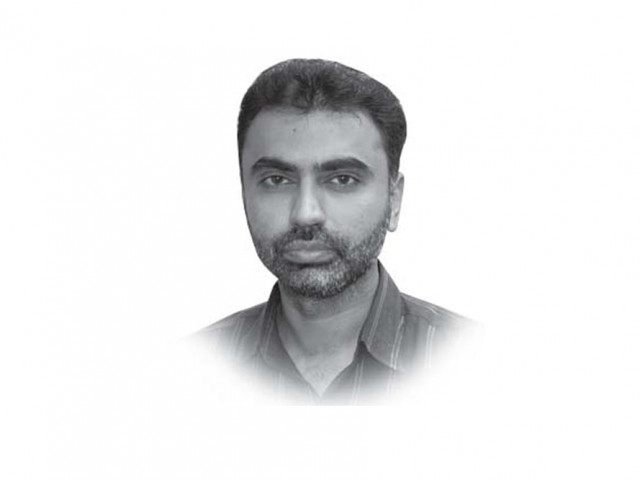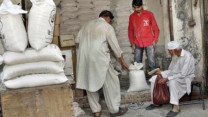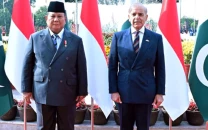The week in focus
Microfinance services are an important tool to improve livelihood of poor and marginalised segments of the population.

The week in focus
Microfinance services are an important tool to improve the livelihood of the poor and marginalised segments of the population at a time when inflation is running high and floods have swept away income sources. By March this year, around Rs24 billion had been disbursed in small loans to around 1.9 million borrowers.
“Microfinance has been experiencing increased integration with the overall financial system as larger NGOs-MFIs (non-governmental organisations and microfinance institutions) have already moved towards transformation into microfinance banks, and commercial banks have started venturing into microfinance through wholesale lending models,” said the SBP in its Annual Performance Review for 2009-10.
Research Head Standard Capital Securities Faisal Shaji said that microfinance services in the country have not so far been promoted on a large scale and there is a need to extend its outreach to benefit the poor, particularly in far-flung areas. “In order to reduce poverty, an aggressive campaign should be mounted to increase the penetration of microfinance services. But big banks have not yet realised its importance as a business model,” he said.
Shaji cited the example of Bangladesh and southern India where provision of finance has made life better for the downtrodden by helping them set up small businesses. Grameen Bank of Bangladesh, a success story in microcredit, and its founder Muhammad Yunus have been conferred the Noble Peace Prize for their efforts in economic and social development.
Under the microfinance system, small loans are extended at a comparatively higher interest rate of more than 16 per cent. But despite the high mark-up, borrowers normally repay the loans. In agriculture, which constitutes 60 to 70 per cent of Pakistan’s economy, extension of microfinance services can make a huge difference.
Explaining the concept of branchless banking, Shaji said bank representatives visit rural and remote areas, where banking services are not available, to create awareness and provide small loans for starting a business.
Mustufa Bilwani, banking sector analyst at JS Global Capital, said the microfinance industry is growing as the government is promoting the concept with the help of non-governmental organisations. However, penetration is still quite low and development will take time.
He said rural people are provided subsidised and cheap loans, like Rs100,000, at flexible terms to help them set up in-house businesses and earn their livelihood. He cited the example of Tameer Microfinance Bank which has partnered with Telenor to provide microfinance services. Under its Easy Paisa product, the bank first offered money transfer service and bill payment and then provided loan repayment facility. “More services under the system will come later.”
Besides, Mustafa said, MCB Bank and United Bank (UBL) have also introduced mobile banking like Watan cards for flood victims and the recently launched Omni banking.
According to the SBP, the deposit base of microfinance banks increased by 73 per cent in 2009. The central bank has developed a medium-term microfinance strategic framework (2010-15) for accelerating growth of the industry. The strategy recommends inclusive financial services, deposit mobilisation, up-scaling credit operations, grass roots level training, reducing operating costs, consumer protection and financial literacy programmes, among others.
The central bank has also allowed microfinance banks to offer housing finance with increased loan limits. Moreover, it has taken initiatives like Microfinance Credit Guarantee Scheme, Institutional Strengthening Fund, Credit Guarantee Scheme for Small Business and others.
The writer is incharge Business desk for the Express tribune and can be contacted at ghazanfar.ali@tribune.com.pk
Published in The Express Tribune, December 13th, 2010.



















COMMENTS
Comments are moderated and generally will be posted if they are on-topic and not abusive.
For more information, please see our Comments FAQ